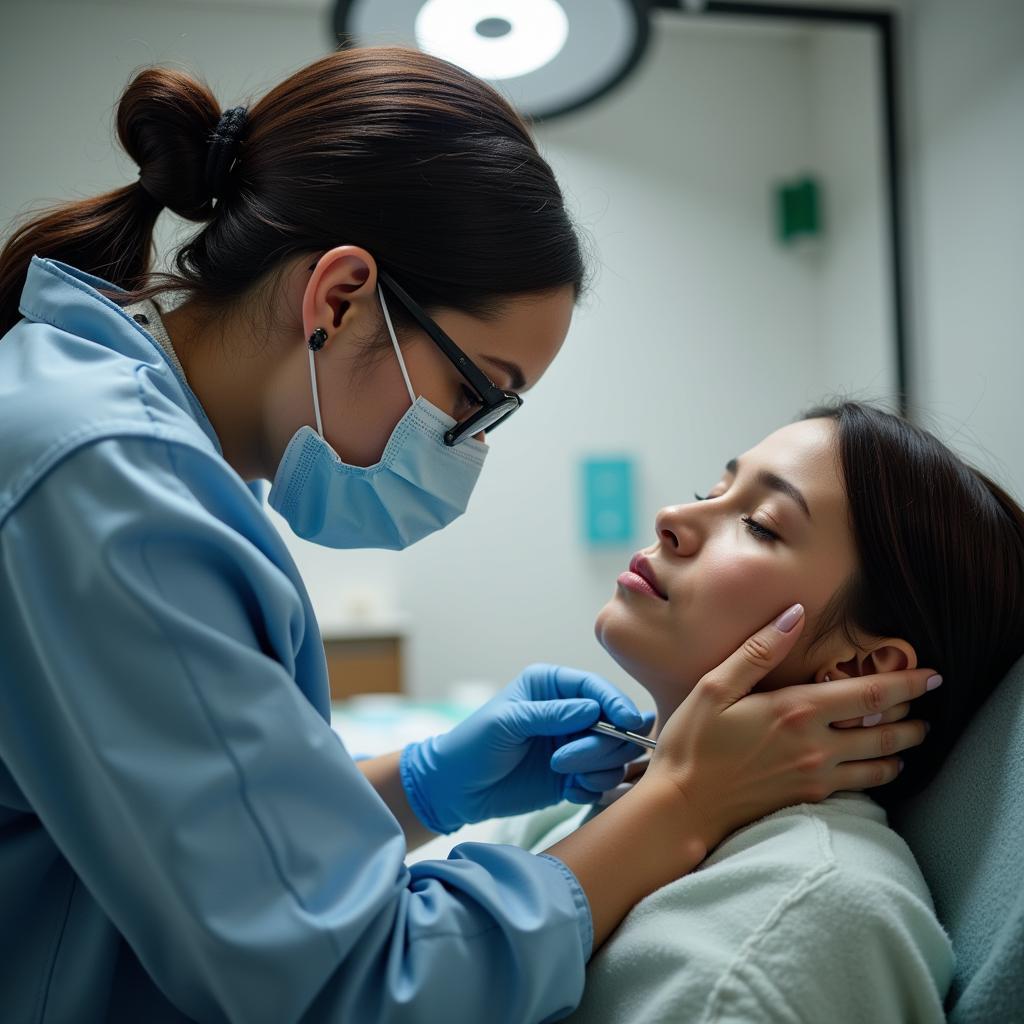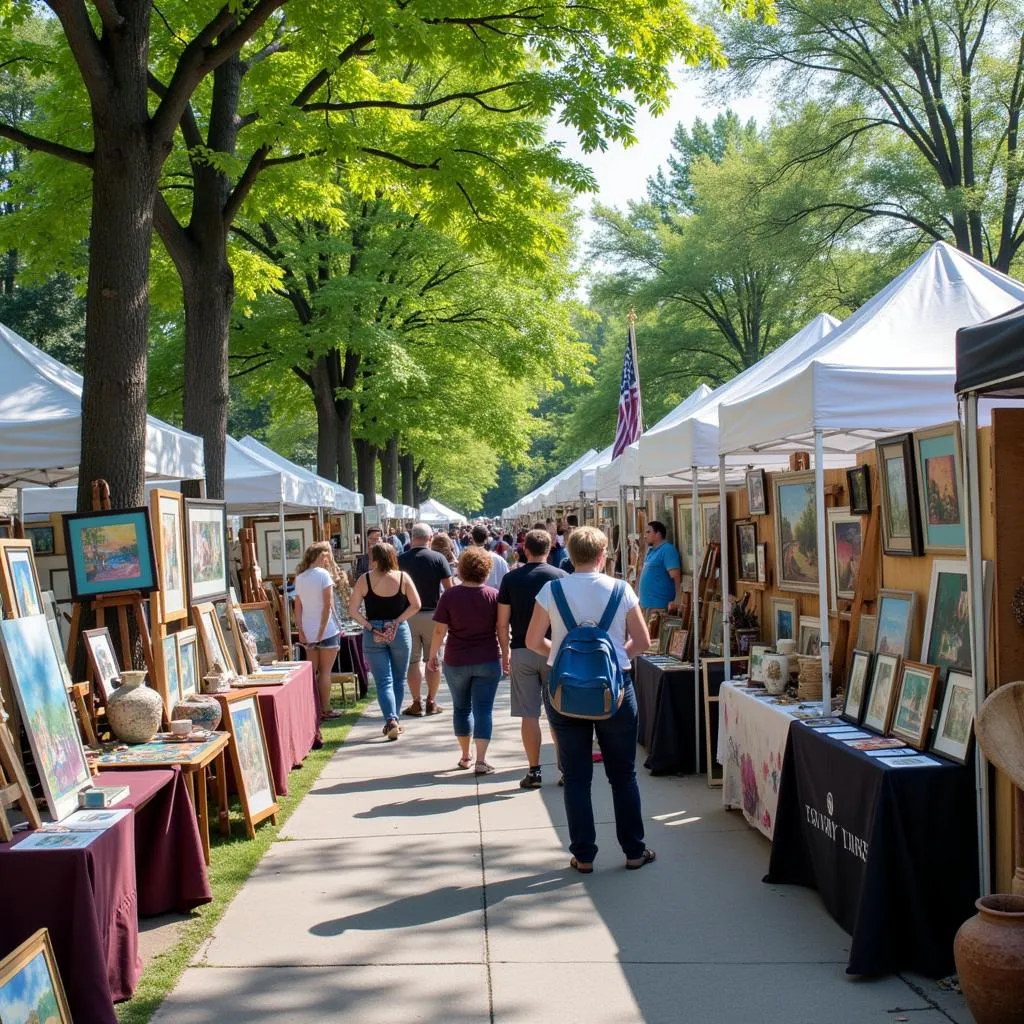Exploring the Allure of Body Jewelry Art
Body Jewelry Art, an ancient practice deeply intertwined with human adornment, has evolved into a captivating fusion of art and self-expression. From delicate ear piercings to elaborate body modifications, the allure of adorning oneself with intricate designs knows no bounds.
A Historical Journey Through Time
The history of body jewelry art can be traced back millennia, with evidence suggesting its presence across diverse cultures. Ancient civilizations, including the Egyptians, Mayans, and Romans, viewed body jewelry as a symbol of status, spirituality, and even medicinal benefits.
For instance, Art Deco bridal sets reflect a unique era of jewelry design. Similarly, body jewelry across history showcases distinct stylistic choices that reflect cultural aesthetics and beliefs. From the elaborate lip plates of certain African tribes to the ornate nose rings of Indian brides, each piece narrates a story of tradition and heritage.
Body Jewelry as a Form of Self-Expression
In contemporary society, body jewelry art has transcended its traditional significance to become a powerful medium of self-expression. Individuals now embrace body piercings and modifications as a way to showcase their individuality, beliefs, and personal narratives.
Just like a painter uses colors on a canvas, body jewelry enthusiasts meticulously curate their appearance, selecting pieces that resonate with their unique style and story. Whether it’s a minimalist septum ring or an intricate sleeve of dermal anchors, each piece contributes to a visual tapestry that reflects the wearer’s personality.
The Art of Placement and Design
The artistry of body jewelry extends beyond the pieces themselves to encompass the meticulous placement and design choices. Piercers, akin to skilled artisans, carefully consider the anatomy, aesthetics, and personal preferences of their clients.
 Importance of Choosing a Professional Piercer
Importance of Choosing a Professional Piercer
They understand that the placement of a piercing can dramatically alter its visual impact and work collaboratively with their clients to create harmonious and aesthetically pleasing arrangements. Moreover, advancements in jewelry design have led to an astounding array of materials, shapes, and styles. From classic metals like gold and silver to contemporary materials like titanium and biocompatible plastics, the options are endless.
Body Jewelry: A Testament to Craftsmanship
The creation of body jewelry is a testament to the skill and artistry of metalsmiths and jewelers. These artisans meticulously handcraft each piece, paying close attention to detail and employing traditional techniques alongside modern innovations.
The process often involves shaping, soldering, polishing, and setting gemstones to create intricate and visually stunning pieces. Just like art deco horse sculptures showcase a specific artistic style, body jewelry designs also reflect evolving trends and aesthetic preferences.
Caring for Your Body Art
Proper aftercare is crucial for the longevity and health of body piercings.
“Maintaining a clean and hygienic environment around the piercing is essential for optimal healing,” advises renowned body piercer, Sarah Jones. “Regular sea salt soaks and avoiding harsh chemicals or irritants can significantly reduce the risk of infection and promote healthy tissue growth.”
 Essential Aftercare Products for Body Jewelry
Essential Aftercare Products for Body Jewelry
Furthermore, it’s essential to choose reputable piercers who prioritize safety and adhere to strict sterilization protocols.
Conclusion
Body jewelry art continues to captivate and inspire, serving as a timeless form of self-expression and adornment. From ancient traditions to modern interpretations, the allure of adorning oneself with intricate designs remains as strong as ever.
Whether you’re drawn to the delicate beauty of a simple ear piercing or the bold statement of a large-gauge piercing, body jewelry art offers a unique and empowering way to express your individuality and embrace the beauty of self-adornment.
FAQs About Body Jewelry Art
1. How do I choose the right body jewelry for me?
Choosing the right body jewelry is a personal decision. Consider your anatomy, style, and the message you want to convey. Research different piercing types, materials, and styles to find what resonates with you.
2. How painful is getting a body piercing?
Pain tolerance varies from person to person. However, most people describe the sensation of getting pierced as a quick, sharp pinch. The level of discomfort also depends on the location and type of piercing.
3. How long does it take for a body piercing to heal?
Healing times vary depending on the piercing location and individual factors. Generally, earlobe piercings heal faster than cartilage piercings. It’s crucial to follow your piercer’s aftercare instructions diligently.
4. What should I do if my piercing gets infected?
Signs of infection include redness, swelling, pain, and discharge. If you suspect an infection, do not remove the jewelry. Cleanse the area with saline solution and contact your piercer or a medical professional.
5. Can I change my body jewelry myself?
It’s best to have your piercer change your jewelry initially, especially for new piercings. Once the piercing is fully healed, you can learn how to change it yourself, but always prioritize hygiene and use clean jewelry.
Looking for more information on art and design? Check out these articles:
Need help with your next art project? Contact us!
Phone: 02462573573
Email: [email protected]
Address: Savico Megamall, 7-9 Đ. Nguyễn Văn Linh, Gia Thụy, Long Biên, Hà Nội 10000, Việt Nam.
We have a 24/7 customer support team ready to assist you.


